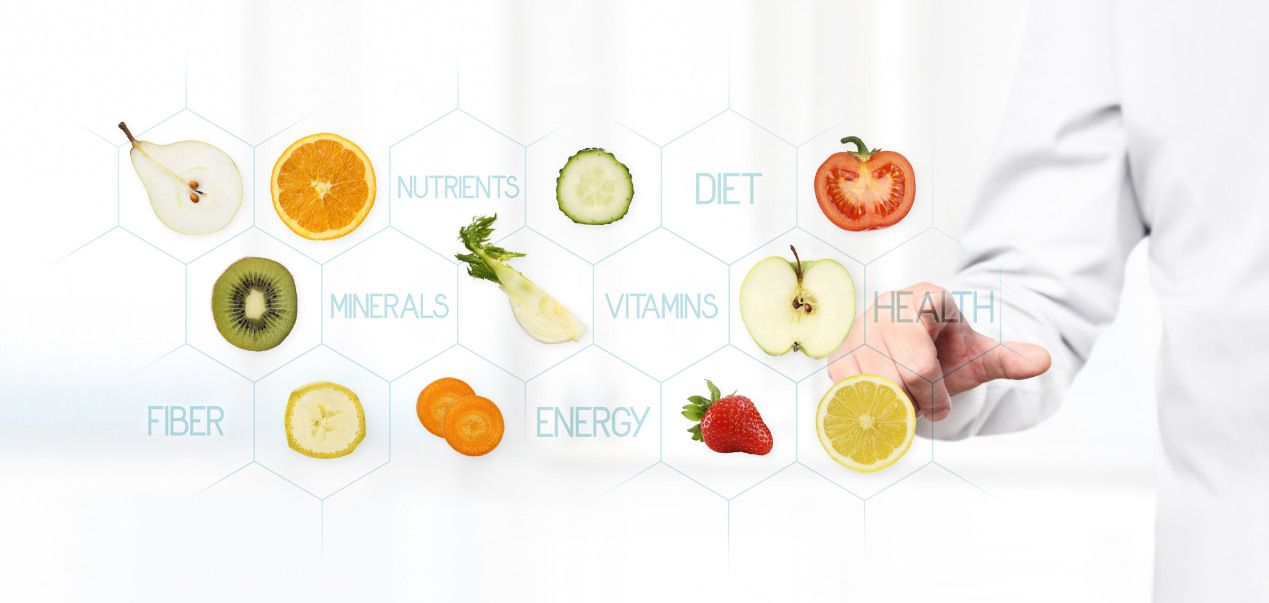With the improvement of living standards, more and more people, in addition to waistline growth, weight gain, uric acid level also followed the red light. Physical examination found that the blood uric acid level is elevated, what should be done?
Blood uric acid level is affected by many factors, including internal factors (age, gender, heredity, purine metabolism, body weight, etc.) and external factors (diet, alcohol consumption, environment, temperature, etc.). Prolonged hyperuricemia significantly increases the risk of gout attacks, is an important cause of renal impairment, and is also an important co-morbidity of obesity, metabolic syndrome, and disorders of glucose and lipid metabolism.
Actively addressing hyperuricemia has important health implications. Since diet is a major factor influencing uric acid levels, long-term standardized lifestyle management, including diet, is an important basic treatment for patients with hyperuricemia and gout.
The American College of Rheumatology, the UK Health Quality Standards Agency, and the Endocrinology Branch of the Chinese Medical Association all recommend that patients with existing gout and hyperuricemia, those with metabolic disease and cardiovascular risk factors, and the middle-aged and elderly populations, adopt a low purine diet.
What is a low purine diet purines mainly from seafood, red meat and other animal foods, in the liver after oxidative metabolism ultimately form uric acid end products, by the kidneys through the urinary excretion. Low purine diet can be understood as a diet that controls seafood, red meat and other animal foods.
How effective is a low purine diet in controlling uric acid levels? A low purine diet can reduce blood uric acid by 10% to 18%, reduce the number of acute gout attacks, and the benefits are more pronounced in those with combined renal insufficiency and those with high purine dietary intake.
However, it should be noted that dietary adjustments are only basic and cannot replace medication. People with recurrent gout attacks must take long-term, regular oral uric acid-lowering drugs. People with simple hyperuricemia, if the uric acid level is greater than 540 micromol/liter, on the basis of a low purine diet, if necessary, also need to cooperate with drug treatment.
How to implement a low purine diet?
The 2012 American College of Rheumatology Guidelines for the Treatment of Gout and the 2013 Chinese Expert Consensus on the Treatment of Hyperuricemia and Gout recommend that, based on the different dietary sources of purines, it is recommended that all types of diets should be characterized into three categories, i.e., “Avoid”, “Restrict”, “Encourage”, “Limit”, “Avoid”, “Limit” and “Encourage”. ” and “encourage”, so as to provide targeted intervention.
What to Limit in Your Diet
▶ Seafood, Red Meat, Animal Offal
Seafood to be avoided by patients mainly refers to seafood with crustaceans, such as lobster, scallops, oysters, etc. In 2015, the Austrian Society for Rheumatology and Rehabilitation had specifically pointed out that, because monounsaturated fatty acids in fish oil are beneficial for improving blood lipids and reducing the risk of cardiovascular disease, fat-rich marine fish (e.g., mackerel, sardines) are not contraindicated for patients with high uric acid who may also have high risk factors for cardiovascular disease and can still be They can still be consumed in moderation.
Purine-rich red meat and animal offal must be strictly limited. It should be avoided during acute gouty attacks. Stable gout patients or patients with hyperuricemia should not consume more than 50 grams/day of animal food, about 1 egg-sized piece of meat.
▶ Liquor
Alcohol can significantly increase gout attacks and elevate uric acid levels, as was recognized as early as the 1970s. Of course, different types of alcohol have different relationships with disease attacks. Beer and highly distilled spirits (high spirits, whiskey, etc.) have more significant harmful effects and should be avoided by patients; low-proof wines have a lesser effect on uric acid levels, but still need to be strictly limited.
The American College of Rheumatology recommends that patients with acute gouty attacks, poorly controlled by medications, and chronic gouty stone arthritis should abstain from alcohol altogether. Stable patients should not drink alcohol more than four days per week, and should not drink more than two units of alcohol per day for men and one unit of alcohol per day for women. one unit of alcohol is about 14 grams of pure alcohol, which is equivalent to 100 milliliters of low-proof wine.
▶ Sweets/overly sweet fruits
The limitations of sweets are often easy to overlook. Studies have confirmed that foods, drinks, candies, and even sweeter-tasting natural fruit juices that contain added sugar can raise blood uric acid levels. So, if you want to control uric acid levels, don’t forget to put all kinds of sweets and overly sweet fruits on the restriction list as well.
Which encourages more intake
▶ Dairy products
Dairy products such as milk, yogurt, and cheese are an important source of high-quality protein and are metabolized to produce very little uric acid. At the same time, the whey and casein proteins contained in dairy products promote the reduction of uric acid levels and are important nutritional alternatives for patients when they restrict animal foods. Since patients with high uric acid/gout are often comorbid with chronic metabolic diseases such as overweight, obesity, and metabolic syndrome, it is recommended to choose skim or low-fat dairy products.
▶ Egg
Eggs also produce very few purines and are an equally important addition to high-quality protein when limiting animal foods. However, since egg yolks contain considerable fat content, intake should not be excessive, and egg whites can be supplemented additionally to the daily intake of one egg.
▶ Fresh vegetables
Eating large amounts of vegetables (250 to 500 grams per day) is good for controlling uric acid levels. It has been found that even so-called high-purine vegetables (e.g. spinach, mushrooms, broccoli, etc.) do not raise the body’s uric acid level. This may be related to the fact that purines from plant sources are hydrolyzed and absorbed in the gastrointestinal tract to a much lesser extent than those from animal sources. Therefore, there is no need to dwell on the purine content of different vegetables, and it is most important to ensure the total amount of vegetables consumed!
▶ Coffee
Caffeine and chlorogenic acid in coffee are strong antioxidants that can lower uric acid levels. Therefore, drinking more coffee can promote a decrease in uric acid levels.
▶ Water
Drinking plenty of water and urinating regularly are important for lowering uric acid levels. Patients with combined uric acid stones in the urinary tract should drink more than 2 liters of water per day.
It is also important to open the legs of patients with hyperuricemia/gout often combined with overweight, obesity, metabolic syndrome, in addition to a reasonable diet, reduce the intake of fine processed foods, high-fat and high-sugar foods, control the mouth at the same time but also open the legs of the body, active weight control is particularly important.
It is recommended that patients with hyperuricemia actively engage in aerobic exercise, along with muscle resistance training. For patients who already have combined gouty arthritis, braking may be appropriate in the acute phase, and as symptoms subside, reasonable exercise can be performed under the guidance of a rehabilitation exercise specialist. This is more conducive to the long-term management of uric acid.




